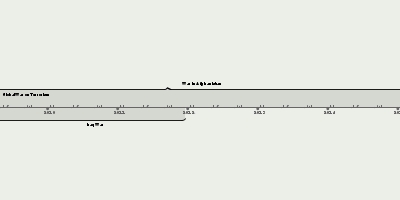Second Israeli occupation of the Sinai Peninsula (5 jun 1967 año – 25 abr 1982 año)
Descripción:
In the mid-1960s, amidst warnings from Israeli officials that another blockade would be a casus belli, Egypt re-imposed the blockade against Israel and subsequently lost the Sinai Peninsula in the Six-Day War. Like before, Israel's occupation allowed it to re-open the Straits of Tiran, but, once again, the Suez Canal was closed until 1975. For the next three years, Egypt, seeking to regain the territory it had lost, launched the unsuccessful War of Attrition against Israel. Later, a large-scale Egyptian military offensive against Israel, known as Operation Badr, triggered the 1973 Arab–Israeli War, which ended with the Egypt holding most of the east bank of the Suez. By 1979, the United States had successfully negotiated the Egypt–Israel peace treaty: the Egyptians recognized Israel as a sovereign state, recognized the Straits of Tiran and the Gulf of Aqaba as international waterways, and agreed to demilitarize along Israel's border. In exchange, Israel agreed to withdraw all civilians and soldiers from the Sinai Peninsula and return it to Egypt. On 25 April 1982, Israel's withdrawal concluded and Egypt has since left the Sinai Peninsula demilitarized, marking the first instance of peace between Israel and an Arab country.Between 1967 and 1982, a total of 18 Israeli settlements were constructed throughout the Sinai Peninsula, primarily along the Gulf of Aqaba and in the areas to the south of the formerly Egyptian-occupied Gaza Strip. Additionally, Israel dismantled two bases of the Israeli Air Force, one base of the Israeli Navy, and a number of other government/military installations, including most Israeli-controlled oil resources.
Añadido al timeline:
fecha:
5 jun 1967 año
25 abr 1982 año
~ 14 years
